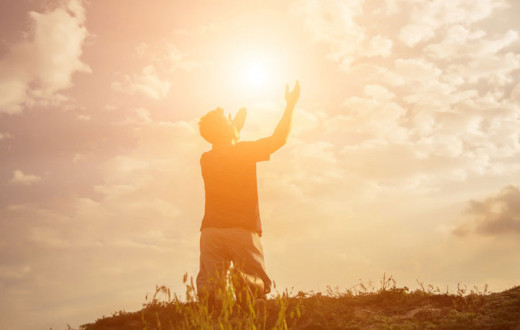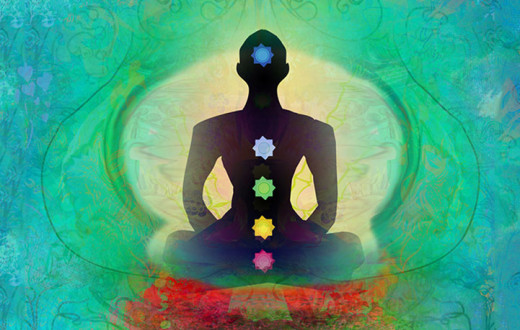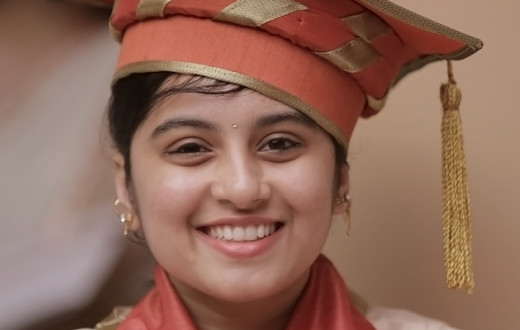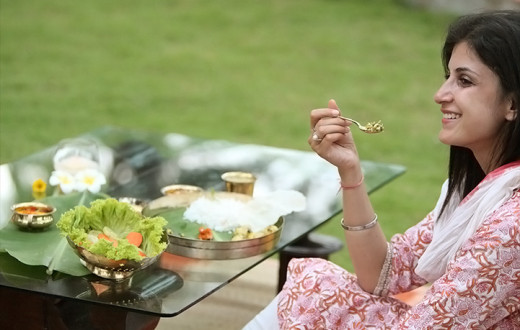Lord Shiva or the auspicious one (in Sanskrit), seems to embody contradictory qualities. He takes many paradoxical forms. He is the destroyer as well as the restorer. He is wrathful when furious but benevolent at most other times. He is an ascetic and the epitome of sensuality at the same time. These seemingly contradictory qualities give us the impression that it must be very difficult to appease Lord Shiva! Is it so?
Mahashivratri is round the corner. The list of dos and don’ts of celebrating Mahashivratri will be quite handy for us. Let’s make the list and figure out how difficult it is to appease Lord Shiva!
Dos of Mahashivratri
1: Lord Shiva may give us the impression of being a complex character but, thankfully, minimum rituals are practiced, to worship Him. Mahashivratri is more about the purification of mind over external pomp, usually associated with other festivals.

Unlike how we know Shiva through numerous legends, customs, movies, serials, bestsellers like the Shiva Trilogy, etc., Shiva is not a person but a principle, better known as Shiva tattva. We can realize Shiva tattva by going deep inside our mind, actually by dissolving our mind into pure consciousness.
Shiva bhaktas (devotees) observe a day-long fast known as vrat, meditate, self-introspect, chant the maha mantra OM NAMAH SHIVAYA, sing bhajans (religious songs), listen to the Shivakatha (stories), and perform the puja after midnight. Ideally, OM NAMAH SHIVAYA is chanted 108 times. Devotees don’t sleep the entire night. This practice of keeping the night vigil for spiritual upliftment is known as Jagran.
2: Shiva temples reverberate with prayers, bells, and cymbals along with the occasional blowing of conch shells. Prayers are offered throughout the night. Devotees perform Rudrabhishekam with Ganga Jal (the holy water of river Ganga) and milk. You can either visit a Shiva temple to pay your reverence to the Lord or perform the puja at home.
3: Simplicity is at the core of every ritual performed during Mahashivratri. The puja offerings are easy to find in the market. You may also find a few of them in your garden.
The puja is performed with Bilva leaves, milk, Ganga Jal, white color flowers (like Madar, or Calotropis), Dhatura (thorn-apple), Vibhuti (sacred ash) and sandalwood paste.
Ever wonder why do we offer poisonous Dhatura and Calotropis to Lord Shiva? We surrender the toxic elements of our mind like jealousy, wickedness, ego, unhealthy rivalry and foul language at the feet of Lord Shiva. Thus, offerings of Dhatura and Calotropis are symbolic.
4: A Shiva Linga and a Jaldhara (a container to hold holy water that is usually hung over a Shiva Linga) are inseparable. A Jaldhara is believed to attract negative energies. When we perform abhishehkam of the Shiva Linga, with the holy water, we surrender those energies, at the feet of Lord Shiva.

5: Mahashivratri puja is truly personal in nature. You can perform some simple rituals, even without the assistance of a priest. Wake up at least 2 hours before sunrise. Take a shower and wear bright new clothes. Perform the puja at Nishita Kaal or after midnight. This year, the puja shubh muhurta (the auspicious time), is between 12:08 AM to 12:58 AM on 2nd March, 2022.
6: The festival bridges the gap between the rich and the poor. Mahashivratri reminds us of the importance of doing seva (service). At the end of the puja, you can donate prasada (food which is first offered to God or a saint and then distributed among the masses), clothes, medicines, etc. to the poor and needy.
7: Mahashivratri is perhaps one of the few festivals where everybody, including the fringe elements of society, is equally welcome. Just like Neelkanth Mahadev who holds the poison in his neck, neither throwing it out nor allowing it to sink in and influence him, Mahashivratri offers an equal opportunity to all, to purify their mind, gain strength, be wise, do seva and attain liberation from attachment.
On the occasion of Mahashivratri, we should try to dissolve our ego, even that of goodness. We should see divinity in all. Everybody has the potential to attain the ultimate knowledge. How can we forget the stories of Dasyu Ratnakar and Angulimaal??
Don’ts of Mahashivratri
1: Mahashivratri is not a common festival where people indulge in feasting or merry-making. Devotees should meditate and contemplate on the divine for Atmashuddhi or purity of mind and uprightness of character. This is the primary reason for keeping a vrat. Those who cannot observe the vrat may take ‘sattvic’ food and avoid onion, garlic, non-vegetarian dishes and cereals. They can consume fruits, boiled or raw vegetables, legumes, nuts, milk, ghee and honey. Healthy eating is very important for spiritual upliftment.

Those who observe the vrat should keep themselves hydrated and drink lukewarm water at regular intervals.
Though one should always avoid tea, caffeine, nicotine, alcohol, narcotics and other addictive stuff on Mahashivratri.
2: Those who fast on Mahashivratri shouldn’t sleep at night. Jagrans are held at temples, community halls and homes. Participants sing bhajans and kirtans (songs that praise the divine glories) and chant the mantras of Lord Shiva.
3: Vratis (those who observe the vrat) should avoid doing a full parikrama (to walk around the idol of a deity, the sanctum sanctorum that houses the deity, the temple precincts) of the Shiva Linga. Vratis should perform half a parikrama around the Shiva Linga and return to the starting point.
4: Devotees who keep a nightlong vigil shouldn’t kill time by watching movies, web series, etc. Abstain from all types of indulgence. Devote your time to spiritual activities.
5: Haldi or turmeric is believed to be shubh (auspicious). It is used while performing many religious rituals, however, it is never offered to Lord Shiva. Haldi enhances physical beauty. It naturally lightens the skin tone and disinfects the skin.
Lord Shiva is above worldly pleasures. He is a celibate ascetic who spends his time in deep meditation. He is least interested in His physical beauty. Hence, we don’t offer haldi to Lord Shiva.
6: It may look paradoxical but while we can offer coconut to Lord Shiva, we cannot offer Him coconut water. Edibles that we offer to Lord Shiva are considered to be Shivanirmalya. Shivanirmalya is forbidden to be consumed. However, after we offer coconut water to God, we cannot waste it. Coconut water offered to God must be consumed as prasada.
7: Tulsi or basil leaves are offered to Lord Vishnu and others. There are two reasons why Tulsi is not offered to Lord Shiva.
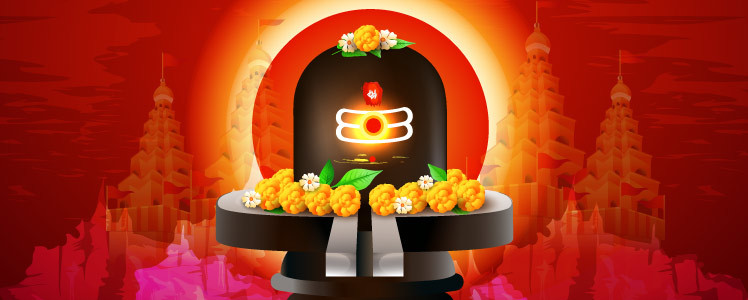
- It is believed that Tulsi was cursed by Lord Vishnu.
- Lord Shiva had killed Tulsi’s husband, a demon named Jalandhar.
We have been celebrating Mahashivratri at the International Ashram of The Art of Living since its inception, barring the last couple of years due to the global pandemic. Mahashivratri festival has become a cultural potpourri. Hundreds of people around the world gather at the Bengaluru Ashram. The ashram reverberates with divine Rudra Puja chants. Everyone participates in the Rudra Puja performed by Gurudev Sri Sri Ravi Shankar. There are numerous benefits of performing Rudra Puja and meditation during Mahashivratri. Do join the celebration this year. Sway in the divine dance of Shiva.













